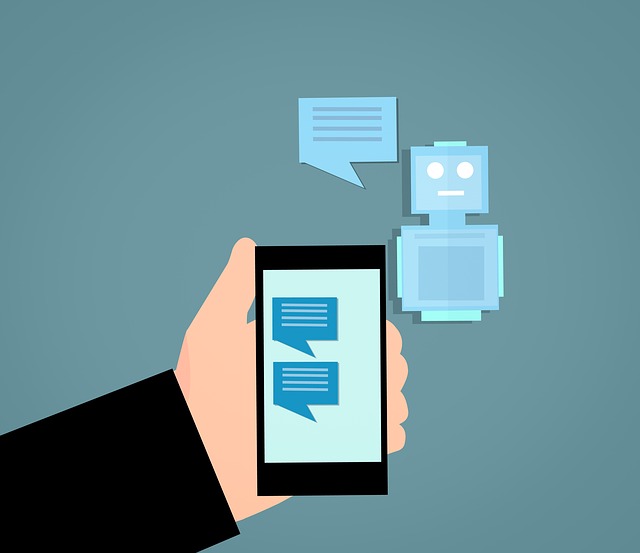“Press one for more options.”
“I want to talk to a representative.”
“I’m sorry, I didn’t catch that. Press one for more options.”
If you desire more human interaction when making phone calls or searching the Internet, the outlook for that is often bleak. Instead, you are prompted to speak with a chatbot, a robotic assistant that functions as the automated voice answering services, popup chats, and more. On the phone, the robot disguised as a recorded human voice prompts you to press numbers along the windy path to answering a question or getting the information you need. While doing an Internet search on a website, sometimes a chat box with a person’s face will pop up and ask you if you’d like to talk. Most often, those faces are not the actual people typing, at least initially. In all cases, the chatbot feature allows for customer service to begin without manual human effort.
What do the robot woman on the phone at the bank and the woman on your smartphone all have in common? Essentially, voice assistants are for personal use while chatbots are for businesses. Voice assistants like Siri, Alexa and Cortana help individuals. Chatbots are designed for the public, leading them down a funnel that hopes to solve problems in an automated way. If necessary, though, chatbots may eventually result in speaking to an actual human.
In 2019, 40% of businesses will be using chatbots. The same study shows that in that group, 46% will use them for voice commands, 26% for team collaboration efforts, 24% help with scheduling, 14% for customer service, and 13% for IT management purposes. In all, 16% of companies are currently using artificial intelligence (AI) for sales and marketing. Those numbers are bound to increase over time.
When executed well, the rewards of using this technology are numerous, particularly for big businesses. Chatbots’ natural language processing (NLP) capabilities make them robust virtual assistants. Their increasing intelligence can also provide companies with data about their customers.
Chatbots are becoming very common, but not all companies are buying into the trend so easily. About 50% of organizations have not started using chatbots or AI because of concerns with privacy, security and costs.
Peter Tsai, a senior technology analyst at Spiceworks, comments on the chatbot trend, “While AI has the potential to drastically alter life as we know it, the technology is still in its infancy. As a result, many companies aren’t thinking about the tools and expertise they’ll need to support artificial intelligence.”
The clear trajectory of chatbots makes preparing for them a must-do for businesses. Obtaining education on the technology’s inner workings, implementing best practices, and beginning implementation at a comfortable pace is advisable.
Despite the trend, the common fear that robots will replace humans is not as urgent a threat as many think. For the most part, businesses are investing in improving employee skills instead of replacing them with machines. Even still, the humans who design customer service could often use a little more humanity. Empathy seems to be the missing element in most situations. Whether chatbots can learn that, only time will tell.






